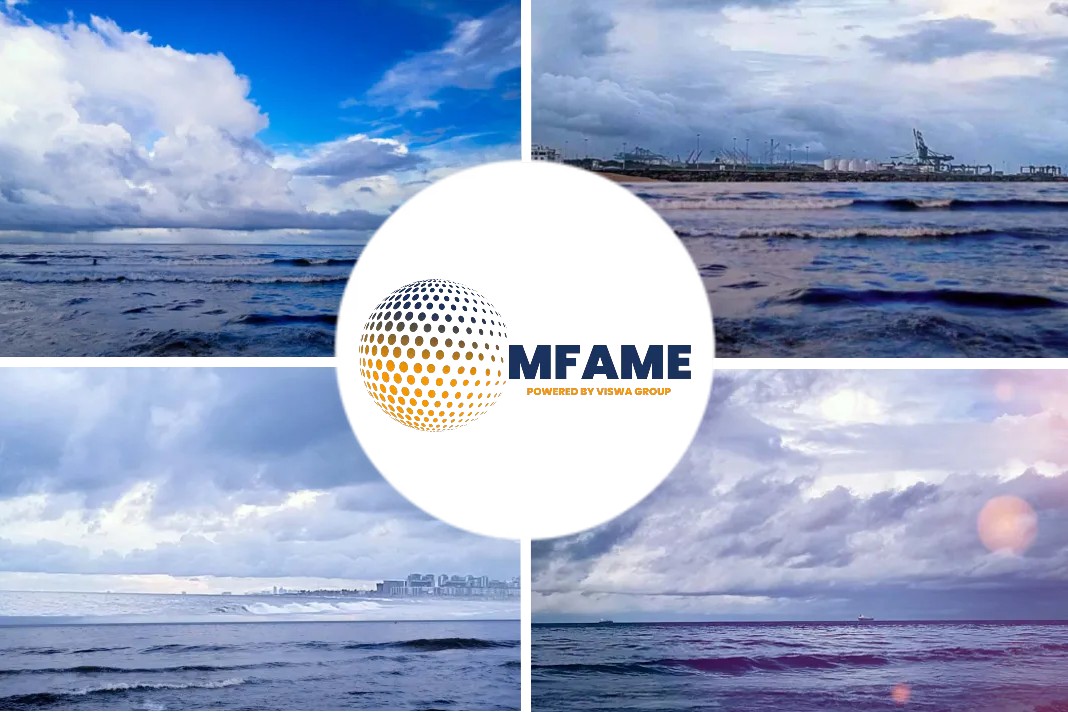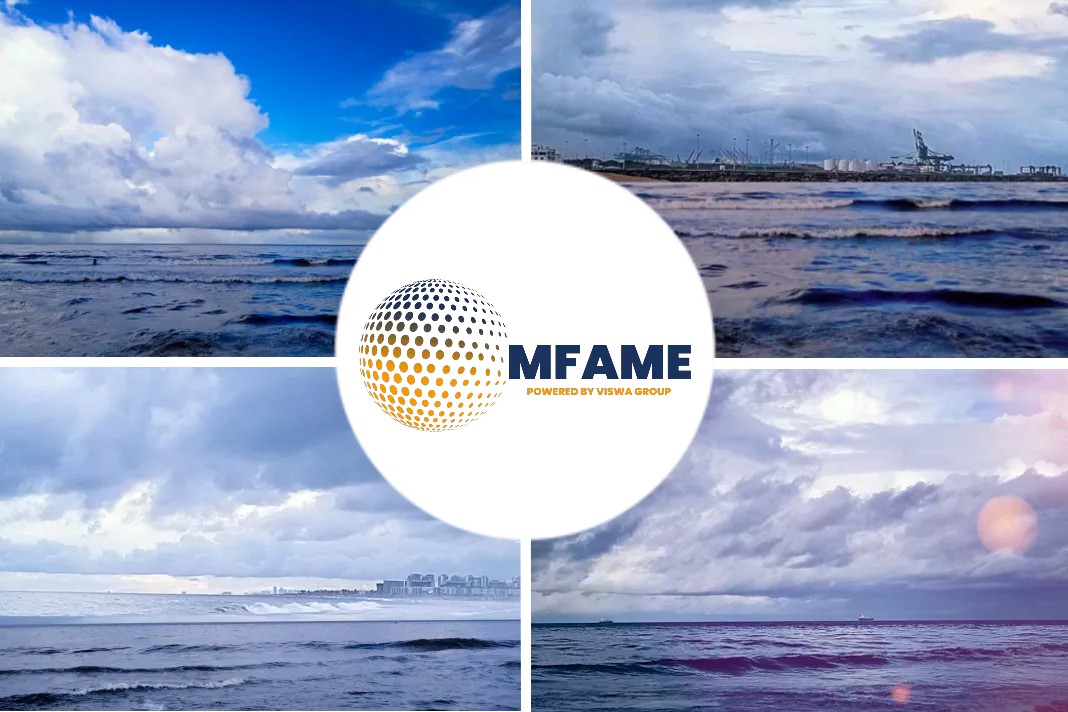Barnacles are a serious problem for the U.S. Navy. A billion-dollar problem. Encrustations of hard foulers—like barnacles and other sea life—are estimated to cost the Navy $56 million per year in maintenance costs and increased fuel consumption for Arleigh Burke-class destroyers alone. That’s topped off with an additional $1 billion price tag for the same class’s 15-year life cycle maintenance, according to estimates by professor Michael Schultz at the U.S. Naval Academy.
It’s not the barnacles’ mere existence that commands the sea service’s hefty monetary investment. It’s their Herculean ability to literally glue themselves to the surface of Navy vessels with a permanence that confounds everyone—from Sailors to scientists.
“Barnacles attach themselves to the exterior of a ship and over time they grow and become extremely difficult to remove,” said Dr. Christopher Spillmann, a research physicist at the U.S. Naval Research Laboratory and member of a team at NRL conducting extensive research on combatting the Navy’s barnacle dilemma.
“It costs the Navy in money, manpower, materials and supplies,” Spillmann said. “Barnacles increase drag and fuel consumption, decrease efficiency … you’ve got to remove them somehow, whether it’s scrapping a ship underwater or dry docking it. There’s a lot of costs associated with that.”
A baby barnacle is known as a nauplius. The nauplius grows for about two to three weeks usually, munching on plankton, then transforms into a cyprid.
Cyprids cannot eat. En route to barnacle adulthood, its only mission in life is to find a home, preferably where other cyprids are hanging out, and attach itself to any surface – often that of a ship.
It uses swimming appendages to find that surface, two antennules used as feet to walk around, smell for other barnacles and probe the surface for a suitable spot to settle.
“That’s its only goal at that point,” said Dr. Kathy Wahl, a section head in NRL’s chemistry division. Wahl is leading the barnacle research project, with Spillmann and Dr. Christopher So, a materials research scientist.
“[The cyprid] is looking for a place where other barnacles might be,” Wahl continued. “It takes its feet, sticks to a surface and lays its glue down permanently,” she said. Then it molts. “Turns itself inside out and starts to form the shape of a barnacle.”
Research on barnacles and how to prevent them from attaching to Navy ships has been ongoing for decades, So said.
According to Wahl, some of the most effective surface treatments, such as tributyl tin, have been banned for environmental reasons, so there is a push to develop new, less toxic alternatives, she said.
“The Navy has a different duty cycle,” Wahl began. “In port for months at a time, compared to commercial shipping vessels. Solutions that might work well on a hull in nearly constant motion may not release or limit growth of fouling as well after a prolonged time in port,” she said.
Cleaning and grooming tools are being developed, but the challenge there is to balance removing foulers while limiting coating damage, Spillmann added.
So Wahl and her team took a different approach.
“We were faced with a few choices,” she began. “Take care of the cyprids and you’ll never have barnacles was one option.” Since barnacles have existed for hundreds of millions of years, that probably wasn’t going to happen, her team concluded. Treating the surface was another, but that’s been tried countless times by other researchers in and out of the Navy, with limited success.
“Our tactic has been not so much to take a look at the coatings for the ships,” Wahl reasoned, “but take a look at the barnacle itself, and ask the question: ‘What is the barnacle actually doing, as it grows and develops and sticks underneath a ship?’ It’s difficult to examine,” she said.
During their work, the researchers broke down the barnacle’s glue and its ability to attach so permanently from three different perspectives: the mechanics of the barnacle base, its biology and how it contributes to the barnacle cementing and gluing to the ship, and lastly, how the glue itself is chemically comprised.
“If we understand that, our hope is we can do a better job of engineering our surfaces to prevent them from adhering so well,” Wahl concluded.
“During the past three or four years there have been reviews that have depicted the glue as a block of cement underneath,” Spillmann said.
What they found over the past five years, however, is the cementing and gluing process is extremely complex. “It’s not like it just spits out a block of glue,” Spillmann said. “It’s a step-wise and segmented process, with many layers of materials.”
“The barnacle grows over time, like a tree, along with the rings to show age,” Wahl continued. It’s an arthropod, she said. “Think spiders, bees, crabs and lobsters. They literally shed their skin to grow.”
“They’re doing something special, however, when they’re growing,” Wahl cautioned. “Every time they shed their skin, they shed most of it, but they leave the rest underneath. They’re building an interface.”
That’s a combination of hard shell, cuticle and an adhesive. It’s all occurring under their base plate, the researchers explained, and it’s protected from the ocean environment while they’re growing.
“They’re constantly growing and getting bigger,” said So. “The adhesive is getting stronger and the base plate is getting larger. The barnacle is using biology to synthesize molecules and proteins and construct a meshwork of glue.”
“It’s building a huge network of delivery tubes and tissue that allow it to lay its glue down.”
All of this chemistry, biology and material science is occurring underneath the water’s surface and on the surface of Navy ships – and other sea-going vessels.
What is the timeframe for what’s happening below the water’s surface? “Days to a week,” said all three researchers. “They [barnacles] are growing bigger and stronger and becoming more adherent every week.”
Now, understand the timeframe, where is all of this taking place again? “It’s all happening within eight to 10 microns from the ship’s surface,” said So.
For those wondering, that’s less than half the width of a human hair (60 microns)!!
Now, after five years, where does the research stand on these expensively pesky crustaceans?
“We’ve gotten pretty far,” said Wahl, of the past several years of research. “We know what the barnacle is doing.”
They also know what kinds of chemistries, enzymes and processes are coming from the barnacles and continue to move forward.
“We’re now starting to ask the question of how do barnacles manipulate the surface [of the ship] and how does the surface impact the barnacle. We’re trying to manipulate the barnacle’s interaction with the surface more effectively, rather than simply kill it,” Wahl said.
“We know more about the glue also,” So said.
Studies on barnacles is nothing new. Smart people, including Charles Darwin himself, have dived in to this dilemma for more than century, and numerous papers have been written on barnacle glue, according to Wahl.
But in the last few years, there’s been a technological breakthrough. “That breakthrough is in terms of how we study the glue,” said So.
Here’s some perspective. During the last 25 years of research on barnacles, five to six components of the glue were discovered during the first 20 years. Wahl and her team have recently discovered an additional 45 components over their several years of research.
“We now know that many of these new components are chemically similar to adhesives used by spiders and silk worms,” said Wahl. “We shouldn’t be surprised that barnacles aren’t making and curing glue in the same way as mussels; they’re unrelated organisms.”
“That’s the biggest point,” said Spillmann. But there is still plenty of research and work to be done, they all agreed.
“Do we know how to combat all of these newly discovered components – no,” Spillmann admitted. “But we’re making significant progress towards that.”
“We know more what the barnacle is doing, and how, to a much higher degree,” said Wahl. “NRL is leading the effort.”
Did you subscribe for our daily newsletter?
It’s Free! Click here to Subscribe!
Source: Phys.org
















